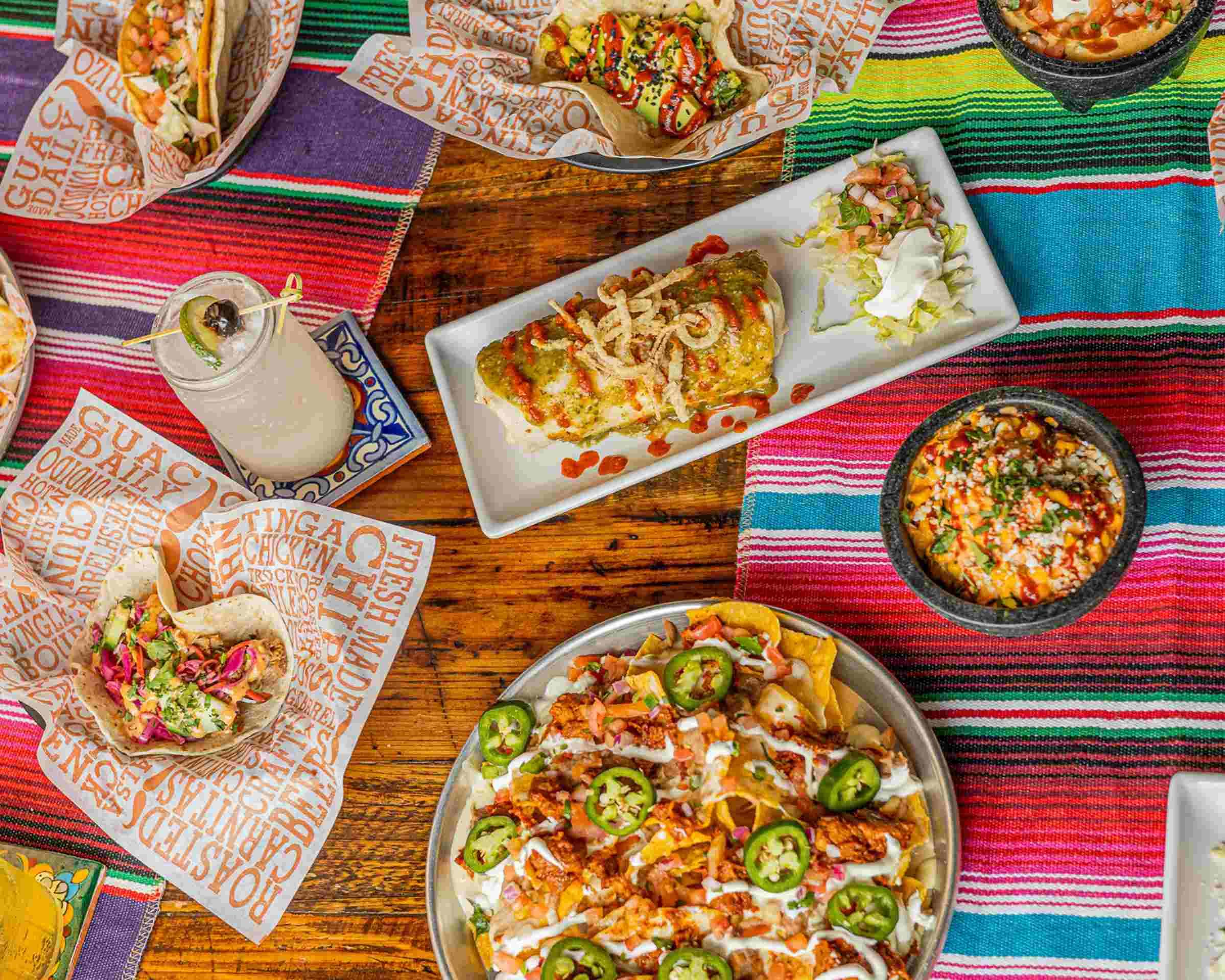Local Cantina is more than just a restaurant; it's a vibrant space where communities gather to savor authentic flavors and immerse themselves in cultural experiences. In this article, we will delve deep into what makes local cantinas unique, exploring their history, menu offerings, and the role they play in the community. Whether you’re a food enthusiast or a curious traveler, understanding the essence of local cantinas will enhance your culinary adventures.
Join us as we take a closer look at local cantinas, uncovering the stories behind the flavors, and why they are a must-visit for anyone seeking an authentic dining experience. Get ready to embark on a journey that celebrates food, culture, and community!
Table of Contents
- History of Local Cantinas
- Delicious Menu Offerings
- Cultural Significance of Cantinas
- Impact on Local Communities
- Biographies of Famous Cantina Owners
- Tips for Visiting Local Cantinas
- Conclusion
- References
History of Local Cantinas
Local cantinas have a rich history that dates back to the early colonial days. Originally, these establishments served as taverns where travelers could find food, drinks, and a place to rest. Over the years, they have evolved to become more than just stopovers; they are now integral parts of the communities they serve.
The concept of the cantina has its roots in Spanish and Mexican culture, where they served traditional dishes and beverages. As these cultures spread, so did the cantina model, adapting to local ingredients and culinary practices. Today, cantinas can be found in various forms worldwide, each offering a unique twist on traditional recipes.
Key Historical Milestones
- Colonial Era: Establishment of taverns in the Americas.
- 20th Century: Transformation into family-owned businesses.
- Modern Day: Global recognition and fusion cuisine trends.
Delicious Menu Offerings
The menu at a local cantina is often a reflection of the region's culinary heritage, featuring dishes that are both traditional and innovative. From tacos and enchiladas to ceviche and tamales, the variety is extensive and caters to all palates.
Popular Dishes
- Tacos: A staple featuring various fillings such as carne asada, pollo, and pescado.
- Enchiladas: Rolled tortillas filled with meats or cheese, topped with sauces.
- Ceviche: Fresh fish marinated in citrus juices, often served as a refreshing appetizer.
- Chiles Rellenos: Stuffed peppers that are battered and fried, typically filled with cheese or meat.
In addition to these traditional offerings, many local cantinas now incorporate fusion dishes that blend various culinary styles, appealing to a broader audience while retaining authenticity.
Cultural Significance of Cantinas
Local cantinas play a significant role in preserving cultural traditions and culinary practices. They are often the heart of the community, where people gather to celebrate, socialize, and share meals.
Role in Cultural Celebrations
- Hosting local festivals and events.
- Featuring traditional music and dance performances.
- Offering special menus during holidays.
The vibrant atmosphere of a cantina enhances the dining experience, providing patrons with not just food but a cultural immersion that reflects the heritage of the local community.
Impact on Local Communities
Local cantinas contribute significantly to their communities, both economically and socially. They create jobs, support local farmers, and foster a sense of belonging among residents.
Economic Contributions
- Employment opportunities for local residents.
- Partnerships with local suppliers for fresh ingredients.
- Boosting tourism by attracting visitors to the area.
Moreover, cantinas often engage in community service initiatives, participating in food drives and supporting local charities, which further strengthens their ties to the community.
Biographies of Famous Cantina Owners
Throughout history, many cantina owners have made their mark on the culinary world. Here, we highlight a few notable figures who have contributed to the cantina culture.
| Name | Background | Contributions |
|---|---|---|
| Maria Gonzalez | Culinary expert from Mexico City | Revived traditional recipes and created a popular cantina. |
| José Martinez | Owner of Cantina del Pueblo | Known for community engagement and local ingredient sourcing. |
Tips for Visiting Local Cantinas
To fully enjoy your experience at a local cantina, consider the following tips:
- Try the daily specials for a taste of seasonal ingredients.
- Engage with the staff; they often have great recommendations.
- Don't hesitate to ask about the history of the dishes.
- Pair your meal with a local beverage for an authentic experience.
Conclusion
Local cantinas are more than just places to eat; they are cultural hubs that bring people together through food and community engagement. From their rich history to their diverse menu offerings, cantinas offer a unique dining experience that reflects the heart and soul of their communities.
We encourage you to explore your local cantinas and experience the flavors and cultures they have to offer. Share your experiences in the comments below, and don't forget to spread the word by sharing this article with fellow food lovers!
References
For further reading and information, consider the following sources:
- Smith, J. (2021). The History of Cantinas: A Culinary Journey. Culinary Press.
- Johnson, L. (2022). Local Flavors: Exploring Community Restaurants. Food Culture Journal.
- Martinez, R. (2020). Authentic Mexican Cuisine: A Guide to Local Eateries. Gastronomy Publishing.
Rutger McGroarty: The Rise Of A Young Talent In Football
Finding The Perfect "Perm Near Me": A Comprehensive Guide
Louis C.K.: A Deep Dive Into The Life And Career Of The Comedic Genius


